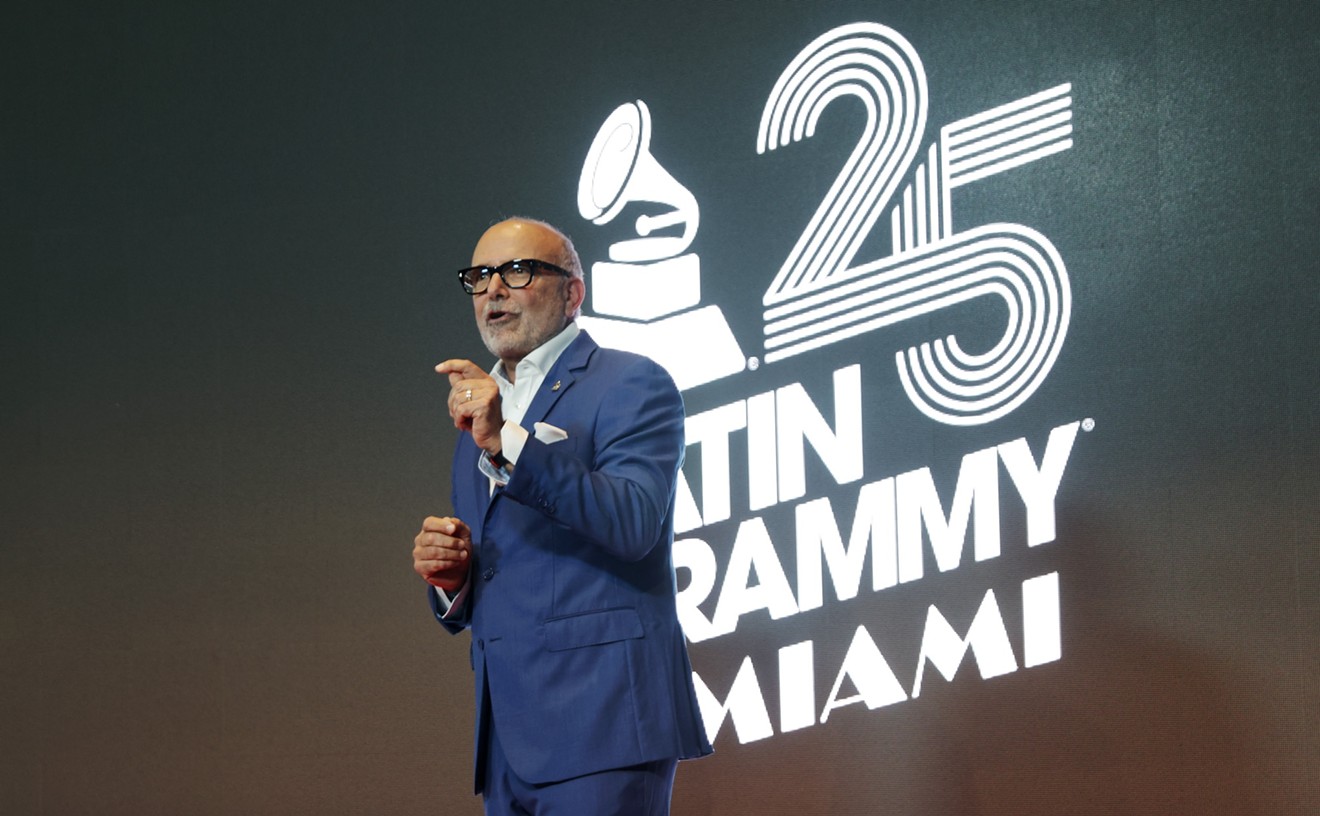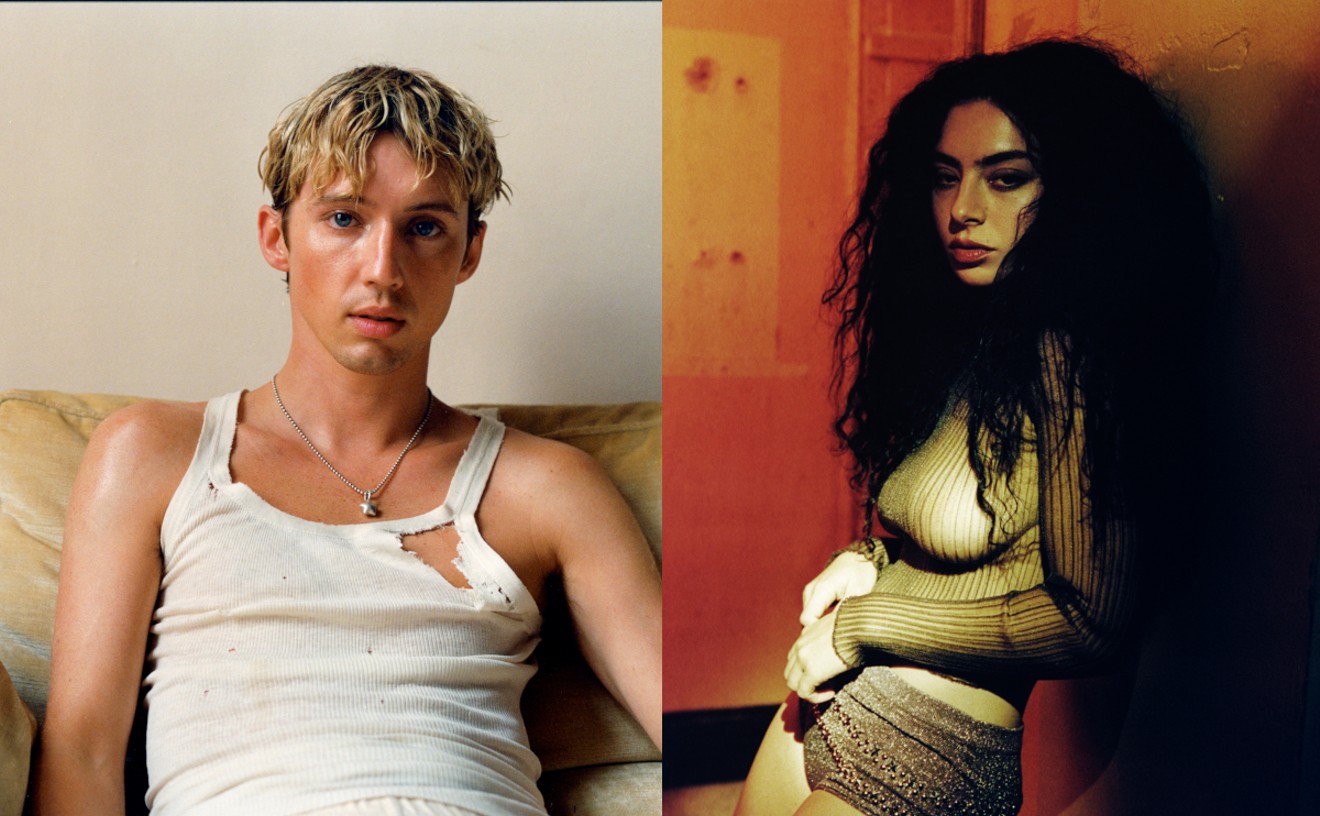There is a part in Nick Hornby's novel About a Boy where Kurt Cobain's image on a T-shirt is described as Jesus. For many, that idea is not far from the truth. Is there anything more iconic than a dead rock star? Anything more romantic, even, than one who has committed suicide? That is what Cobain's public image has been elevated (or is it reduced?) to. Told in Cobain's own voice, the documentary About a Son, available Tuesday on DVD, dispels the myth, instead painting an image of the genuine person — one who is not nearly as exalted.
Cobain's narrative here is gleaned from 25 hours of audiotape assembled by Michael Azerrad, author of Come as You Are: The Story of Nirvana, during interviews done for the book. These were conducted from December 1992 to March 1993 at Cobain's home outside Seattle, one year prior to his suicide. In them, Cobain candidly recounts the events of his life, in the process lifting the veil of mystery surrounding him. He speaks of his relationship with his parents, his broken home, his teenage years, his post-high-school-dropout years, the beginning of Nirvana, and his thoughts on the other members of the group, drugs, manic-depressive illness, schizophrenia, pain, and suicide. Perhaps most revealing are his remarks about Courtney Love, their connection, and the reasons for their closeness, which go a long way in explaining what might seem like an unholy alliance.
The visuals accompanying Cobain's account are divided among images of three Washington cities: Aberdeen (the beginning), Olympia (the middle), and Seattle (the end). Each city has its own characteristics and colors, which in turn shade the topics Cobain is describing. The images closely match his commentary, with the filmmakers visiting specific places and situations Cobain speaks of, in many cases re-creating his life through others. Obviously absent are images of Cobain (except at the very end, in black-and-white) — which makes About a Son more universal — as well as any music by Nirvana. Rather, the music chosen (Bruce Springsteen, Queen, David Bowie, Cheap Trick, the Breeders, Butthole Surfers) is what influenced Cobain or what he was listening to in the timeframe of the subject he is discussing. About a Son is for the avid fan rather than the casual appreciator. Nevertheless it brings to earth the legend of Cobain, taking him off of his public-appointed pedestal and placing him in a much more appropriate position — as a real person.










